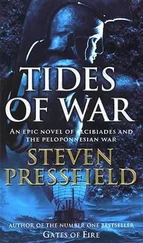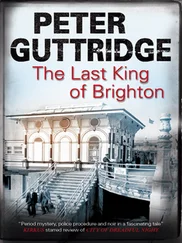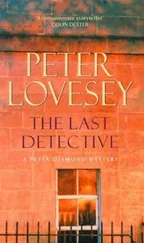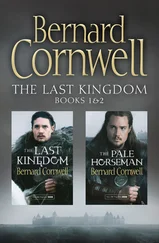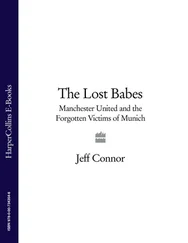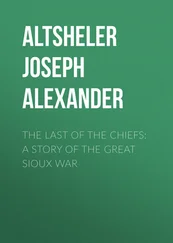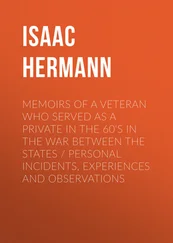By giving a scholarly overview of campaigns and strategy military historians can usefully and instructively tell us what the war was about; but what really interests us is what it was like. For that we have always turned to those who were there, notably the poets and memoirists, but latterly to those more ordinary people, the diminishing band of living witnesses whose voices had yet to be stilled. As one schoolchild who met 110-year-old Henry Allingham in 2007 remarked: ‘The books tell us about the battles but they don’t tell you what people who were there thought about them.’ The gulf between military history and personal experience was demonstrated by the man who did indeed become Britain’s Last Veteran, Harry Patch, when talking about Passchendaele: ‘I’m told we attacked on 16 August, but the date doesn’t mean much to me. I know it was about six weeks before I was wounded, so I suppose the middle of August is about right. I remember the names – Pilckem Ridge was one and the other was Langemarck – but it is such a long time ago that I can’t quite connect them up in my head.’ Patch may have forgotten the exact dates and places, but he knew what a battlefield was like – not from the maps that were studied at GHQ, but because in 1917 he was stumbling over one.
For Patch, the First World War was not about military intelligence, the deployment of battalions or the plan of attack. It was about wading around in filth with no opportunity to bathe or change your lice-ridden clothes for the whole four months you were at the front. It was about discomfort and fear and exhaustion and having your best friends quite literally ‘blown to pieces’. As the last British Tommy to revisit the battlefields over which he and so many other men had fought ninety years before, Patch commented in 2007:
Some of the boys buried here are the same age as me, killed on the same day I was fighting. Any one of them could have been me. Millions of men came to fight in this war and I find it incredible that I am now the only one left. Just like them, when I went over the top, I didn’t know whether I would last longer than five minutes. We were the PBI – the Poor Bloody Infantry – and we were expendable. What a waste. What a terrible waste.
It is the living witness of the men on the front line that we have lost now that the Last Veteran has died.
The Unknown Warrior 1919–1921
The tomb and the Cenotaph bear witness to the greatest emotion this nation has ever felt. Children are brought here every year; and so the memory, without the sharpness, perhaps, felt by us who lived through it, goes on with another generation. In this way a nation keeps alive its holy places.
H.V. MORTON, The Spell of London (1926)
In the immediate post-war period a number of large, well-orchestrated public events – culminating in the funeral of the Unknown Warrior on 11 November 1920 – showed a nation drawn together in grief. It would be hard not to be moved by the sense of national unity that these occasions suggested, but they took place against a background of considerable unrest in Britain. The country had not only been involved in four long and costly years of war but had endured numerous social and economic problems on the home front. Even before the war, the long Edwardian summer of myth had in reality been disrupted by serious industrial disputes. To the increasing alarm of employers, trade unions had grown in power since the beginning of the century and Britain had begun to be dogged by strikes which were largely the result of wages failing to keep pace with inflation. It was not at all clear that the wave of popular patriotism that appeared to overwhelm the country when war was declared would sweep away the widespread differences between employers and workers. A joint meeting between the Labour Party, the Trades Union Congress and the General Federation of Trade Unions was convened towards the end of August 1914 with the intention of urging employers and workers in key industries to pull together for the duration of the war. A great many workers, some of them in industries vital to the war effort, had already abandoned their jobs in order to join up, and serious labour shortages were soon apparent in engineering, munitions and mining. For some people, working and living conditions were such that a spell in the army seemed to offer a lucky escape from poverty and drudgery into a life that provided a secure wage, free food and clothing, and the possibility of adventure overseas.
Those who stayed behind soon realised that their value to the country had increased, and they not unnaturally felt that their working conditions should reflect this. Rumours and even evidence that some manufacturers were making huge profits from war production and not passing anything on to their employees fuelled anger and led to a series of strikes. The first serious one occurred in Glasgow in February 1915 when 5,000 engineers, whose union had been asking for a rise of twopence an hour since the previous June, laid down their tools. The dispute spread until some 10,000 members of the Amalgamated Society of Engineers at eight engineering plants were on strike, but it lasted only a little under three weeks. Dissatisfaction with the settlement of the strike led to the forming of the Clyde Workers’ Committee. In particular, the CWC challenged the 1915 Munitions of War Act, which had been passed in order to ensure the uninterrupted production of weapons and ammunition. Although agreed by trade union leaders, the Act was seen by many as an opportunistic erosion of workers’ rights, including the right to strike.
Meanwhile a rent strike had also broken out in Glasgow, where landlords had attempted to raise rents and evict tenants who could not or would not pay. Many of the tenants were women whose husbands were at the front and who had entered the workforce, finding employment in munitions factories. The refusal of some 20,000 of them to pay rent gained support among other industrial workers, who threatened to come out on strike in sympathy. In order to prevent the disruption of war production, the government was obliged to introduce new legislation protecting tenants’ rights. The government also had to accede to the demands of miners in South Wales who came out on strike in July 1915 in a dispute with mine-owners. There was little else it could do since a prolonged stoppage of coal production would have been disastrous.
Back on Clydeside the ‘dilution’ of the munitions industry by allowing unskilled men and women to fill the large gaps left by those who had enlisted – by this time about a quarter of the workforce – was causing further unrest. A refusal in March 1916 to allow one of the leaders of the CWC to investigate the conditions under which such people were employed in one factory was seen as an affront to the rights of shop stewards and led to more strikes in 1916. Opposition to the Military Services Act, which introduced conscription at the beginning of March, fuelled additional protests in Glasgow and led to the arrest and imprisonment of several activists under the deeply unpopular and draconian Defence of the Realm Act, which had been passed without debate four days after war was declared in August 1914. The Act restricted trade union activity (strikes and lockouts had been outlawed in the munitions factories), regulated – which is to say decreased – pub opening hours, and generally cracked down on dissent and any other behaviour thought to be unpatriotic or unhelpful to the conduct of the war.
In 1918 even the police went on strike. Prevented by the Crime Act of 1885 from belonging to any sort of union, many police had nevertheless responded to an anonymous letter published in the September 1913 issue of the Police Review announcing that just such an organisation was being formed. Throughout the war many policemen secretly became members of the unrecognised and technically illegal National Union of Police and Prison Officers, which was established to address their grievances over pay and conditions. The 1918 strike was triggered by the sacking of a police captain who had been active in this union, which by then claimed to have 10,000 members and was demanding proper recognition. The entire Metropolitan Police Force of London, numbering 12,000 members, went on strike on 30 August, and the Prime Minister, David Lloyd George, while refusing to recognise the NUPPO on the grounds that such an organisation could not be contemplated while the country was at war, nevertheless met with its representatives and agreed to many of their other demands. The union’s membership subsequently saw a rapid growth, reaching some 50,000 by the time of the Armistice.
Читать дальше

